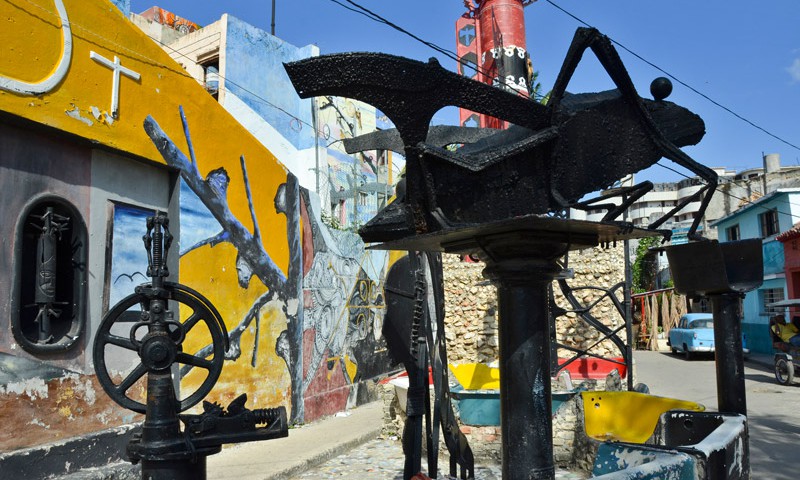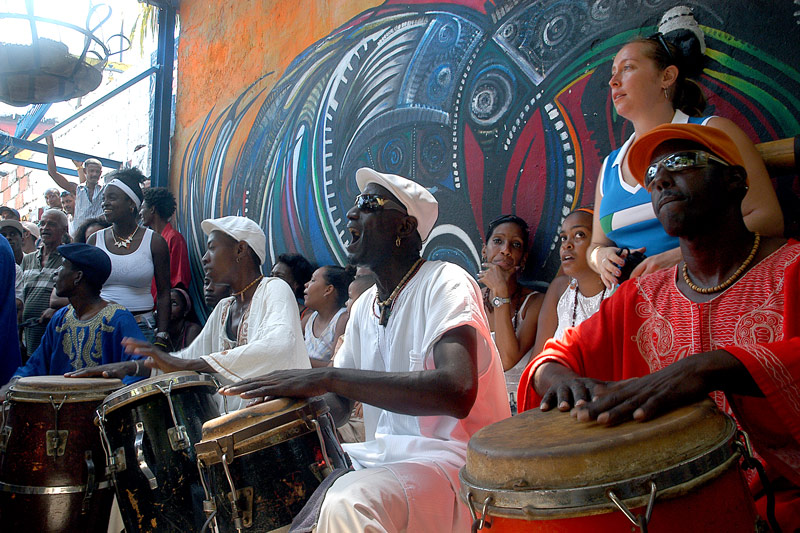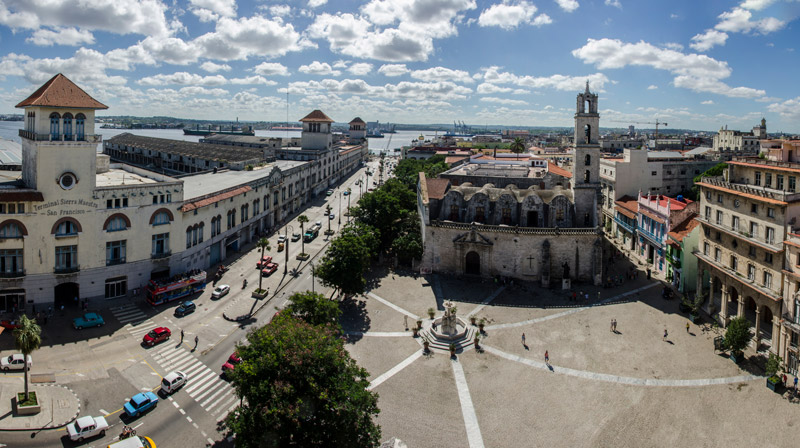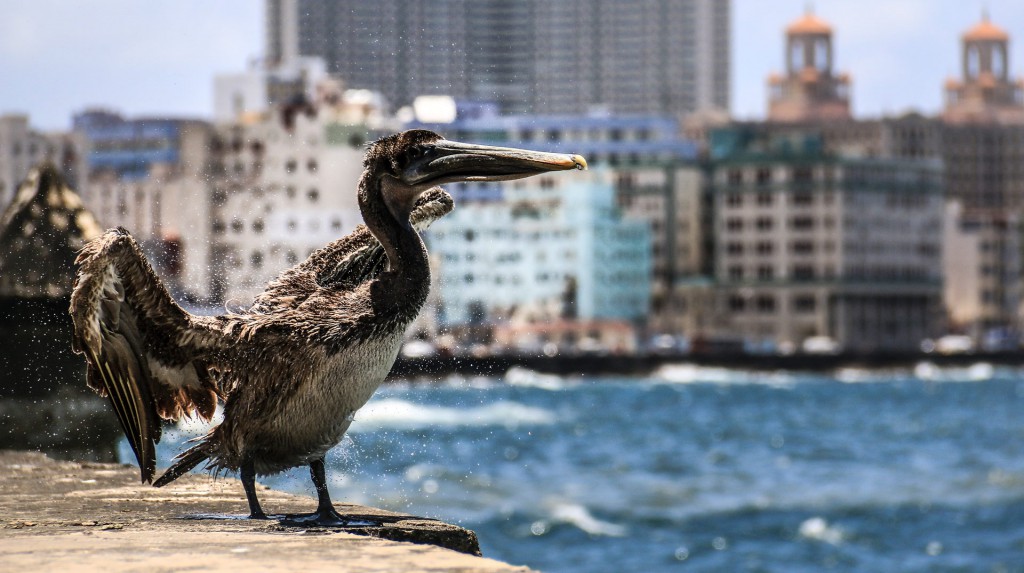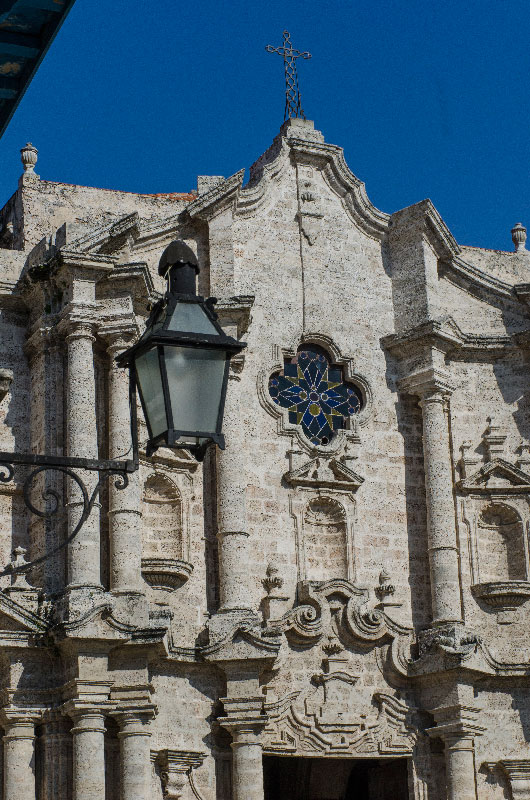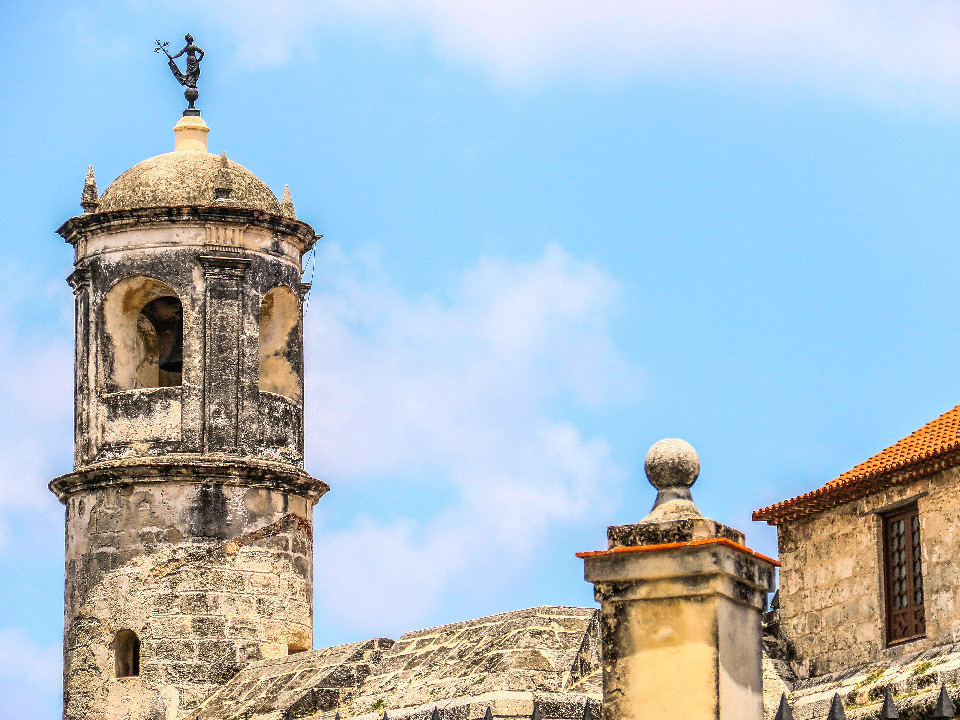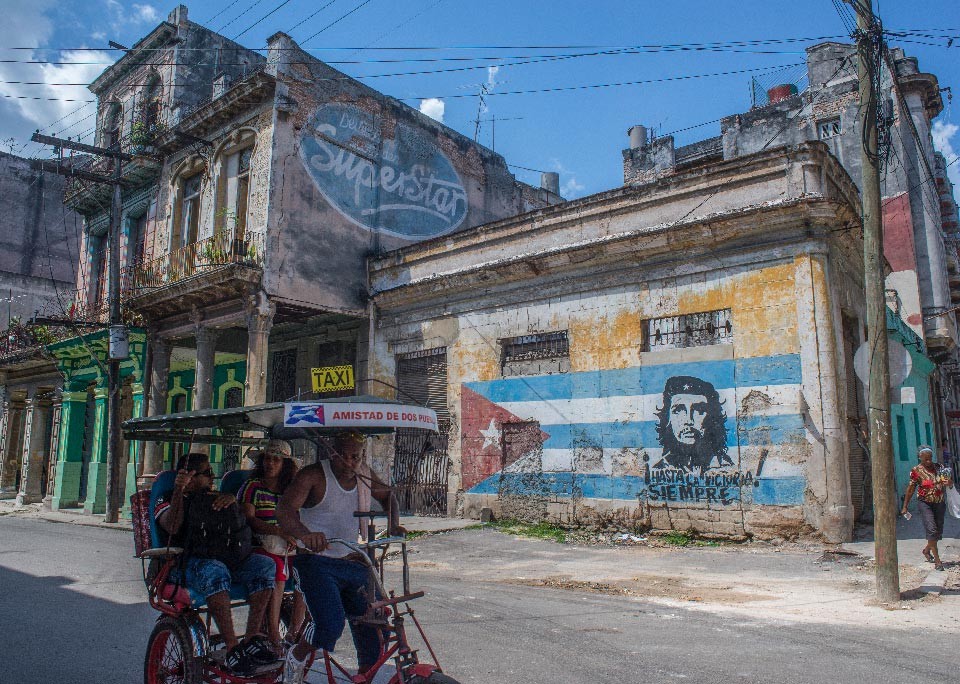Located between Aramburu and Hospital, in the capital neighborhood of Cayo Hueso (Key West), one of the most humble and well-known in Havana. In it, paintings, religious and national symbols flood the facades of the buildings and houses that cover the Alley. All of them added to dances of African origin every Sunday, make this one of the most attractive places for foreign and local visitors who like Afro folklore, traditions and religion.
It is a center of worship, related to the Santeria or Rule of Ocha, brought in the sixteenth century by African slaves forced to work in Cuba by Spanish colonizers, but it goes a little further, because it is a project of Community culture initiated by the Cuban painter Salvador González.

